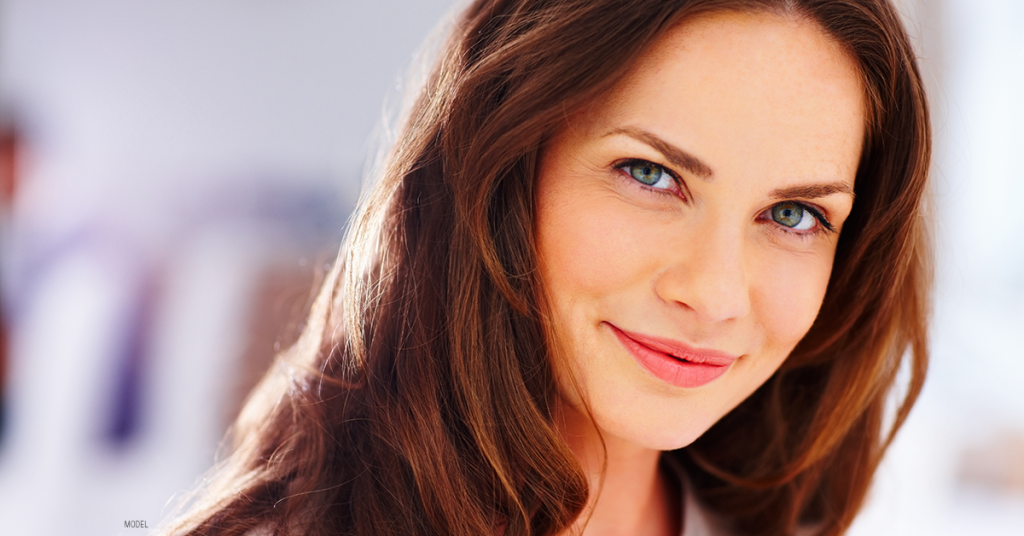Spend time researching online for ways to address skin conditions such as wrinkles, discoloration, acne scars, or sun damage, and you’ll likely learn a lot about chemical peels and laser skin resurfacing treatments. But it may not be clear which is best for your specific case. They share similar goals—removing old, dull skin and promoting the growth of new skin—but they aren’t interchangeable.
As a facelift surgeon in Chicago, I see patients daily who want a refreshed appearance but aren’t really candidates for facial plastic surgery. Their concerns can be addressed nonsurgically, and often the best solutions are either laser treatments or chemical peels. In this blog post, I’ll describe the differences between the treatments and explain the unique benefits provided by each.
Chemical Peel vs. Laser Treatment: What’s the Difference?
Think of chemical peels and laser treatments as different types of transportation to reach the same destination.
A chemical peel involves applying an acid solution to the treatment area. A provider adjusts the strength of the peel—superficial, medium, or deep— depending on the cosmetic goals. A superficial peel gently exfoliates the skin, while medium and deep peels use stronger acid solutions that are left on for a longer time. A deep peel, such as a phenol acid peel, penetrates deep into the skin and removes damaged skin cells.
Laser resurfacing treatments, on the other hand, penetrate the skin using varying light wavelengths. Two types of lasers are used for skin treatments—ablative and non-ablative. Ablative lasers remove the skin’s outer layers and require longer downtime to heal. Non-ablative lasers treat the skin’s deeper layers without damaging the outer layer, leading to shorter healing times, but multiple treatment sessions are needed.
Both chemical peels and lasers can treat hyperpigmentation, a dull complexion, rough texture, acne scars, and fine lines. Each also requires a series of treatments and only minimal downtime. And, for the right patients, they are both very effective.
Laser Treatments We Use
We use 2 different lasers for skin resurfacing patients. We combine a non-ablative laser that includes dual wavelengths to treat different conditions with a fractional erbium-YAG laser (Er:YAG). This laser targets both the epidermis and dermis, creating small zones of microdamage separated by zones of non-damaged tissue. This method results in a more rapid healing process. In some cases, we also combine laser treatments with spot dermabrasion. With the combination non-ablative and gentler ablative laser we have not seen any pigmentation changes in any patient. There is mild erythema, temporary redness, for several weeks which is easy to cover.
Which Treatment Is Best?
The answer depends on a number of factors that an experienced aesthetic provider explores during a consultation. These factors include the patients’ skin type, the main skin concerns, and other physical attributes of the skin, influencing not only the choice of chemical peel or laser but the specific type of peel or laser that’s used.
Peels are often the best option for patients with darker skin because laser treatments involve the risk of hyperpigmentation. Chemical peels are also less expensive than laser treatments, which is something to consider.
Laser skin treatments, however, are typically best for skin tightening and reducing acne scarring, especially if the scars are indented or atrophic. In some cases, a combination of both procedures may be the best path.
If you’ve been thinking about getting a chemical peel or a laser skin rejuvenation procedure, you can contact our practice using the online form to request a consultation. Or call us at our Chicago office at (312) 788-2560 to schedule an appointment.



Leave a Reply